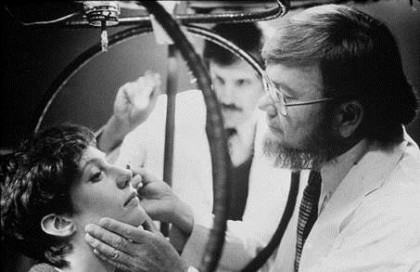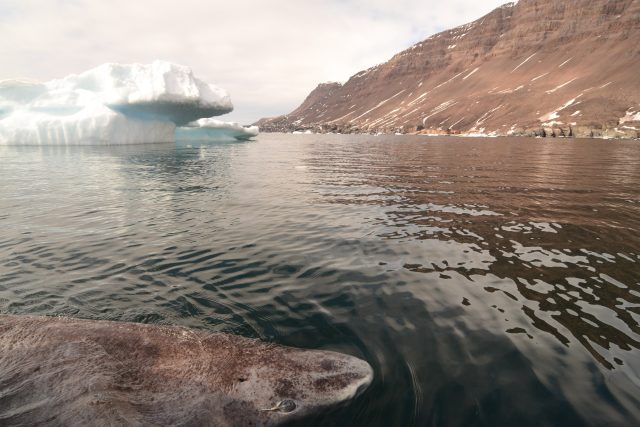 |
| Bruce Tooker (last row, center) with MATH health care workers in Hiati this past November. |
Wednesday, December 28, 2016
CT Optician Helps Haitians See Clearly
British Health Services Paying for 10 Bionic Eyes
"'I'm delighted,' said Prof Paulo Stanga from the Manchester hospital. He has been involved in earlier trials of the Argus II Bionic Eye, made by the company Second Sight, in retinitis pigmentosa. He added: 'It surpassed all of our expectations when we realised that one of the retinitis pigmentosa patients using the bionic eye could identify large letters for the first time in his adult life.'
This disease, which is often passed down through families, destroys the light-sensing cells in the retina. It leads to vision loss and eventually blindness." Read more.
Optical Researcher David Robinson Dies
"David A. Robinson, a founding member of Johns Hopkins University's Department of Biomedical Engineering
and distinguished service professor emeritus of ophthalmology,
biomedical engineering, and neuroscience, died on Oct. 18. He was 92," according to a memoriam from Johns Hopkins University.
"Robinson, who retired in 1993, studied electrical engineering at
Johns Hopkins and received his master's and PhD degrees in 1956 and
1959, respectively. He joined the Johns Hopkins University School of
Medicine faculty as an instructor in 1961 and was named an assistant
professor of biomedical engineering in 1966. In 1965, Robinson published
a groundbreaking paper in the Journal of Physiology that is still considered to be the most comprehensive and thorough investigation of the mechanics of eye movements.
Robinson, named a full professor in the Department of Ophthalmology in
1975, developed a magnetic field search coil technique that remains
today as the standard for recording eye movements in both basic and
clinical eye movement laboratories.
He was the first researcher to
simultaneously record eye movements and activity of ocular motor neurons
from fully alert behaving primates. The results produced the
mathematical relationship known as the pulse-step of innervation."
 |
| David A. Robinson, a founding member of the Johns Hopkins University Department of Biomedical Engineering |
Dating Life Span Using the Eye Lens
"In an investigation recently published in Science, a team of researchers used radiocarbon dating to put together a timeline of the Greenland shark's lifespan," writes ARSTechnica. "Because Greenland sharks lack bones—they’re cartilaginous
fish—conventional methods of tracking growth, like carbon dating of
bones, won't work. Instead, the team used a modified radiocarbon dating
technique that has worked before on other boneless animals: tracking the
chronology of the eye lens. The eye lens nucleus is composed of inert
proteins. The central portion of the lens is formed during prenatal
development, and during growth, the tissue retains the original
proteins, which were largely made before birth." Read more.
Subscribe to:
Comments (Atom)

